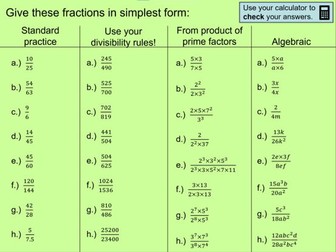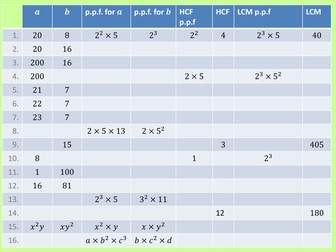
Forward and reverse percentages worksheet
Structured to help students start answering questions. Then gradually they are given less help on each question. Worksheet covers multipliers, forward percentages and reverse percentages, and then has a mixed questions section, because in my experience students struggle most with identifying whether the question is a forward or reverse percentages one.

